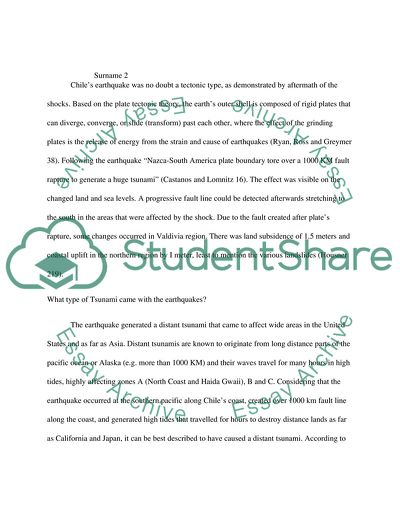Cite this document
(Chile's 1960 Earthquake Case Study Example | Topics and Well Written Essays - 2750 words, n.d.)
Chile's 1960 Earthquake Case Study Example | Topics and Well Written Essays - 2750 words. https://studentshare.org/environmental-studies/1838883-chiles-1960-earthquake
Chile's 1960 Earthquake Case Study Example | Topics and Well Written Essays - 2750 words. https://studentshare.org/environmental-studies/1838883-chiles-1960-earthquake
(Chile'S 1960 Earthquake Case Study Example | Topics and Well Written Essays - 2750 Words)
Chile'S 1960 Earthquake Case Study Example | Topics and Well Written Essays - 2750 Words. https://studentshare.org/environmental-studies/1838883-chiles-1960-earthquake.
Chile'S 1960 Earthquake Case Study Example | Topics and Well Written Essays - 2750 Words. https://studentshare.org/environmental-studies/1838883-chiles-1960-earthquake.
“Chile'S 1960 Earthquake Case Study Example | Topics and Well Written Essays - 2750 Words”. https://studentshare.org/environmental-studies/1838883-chiles-1960-earthquake.


